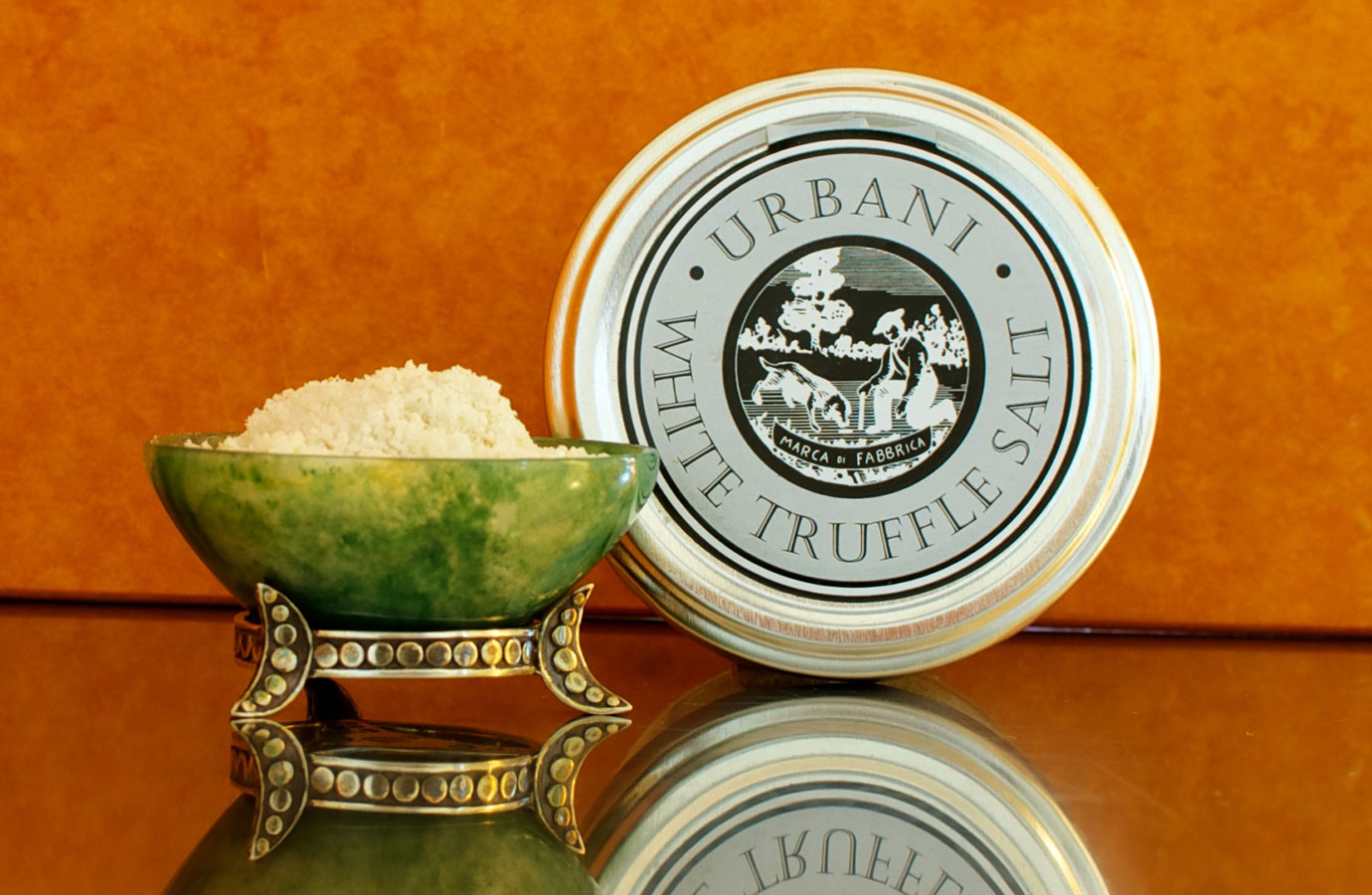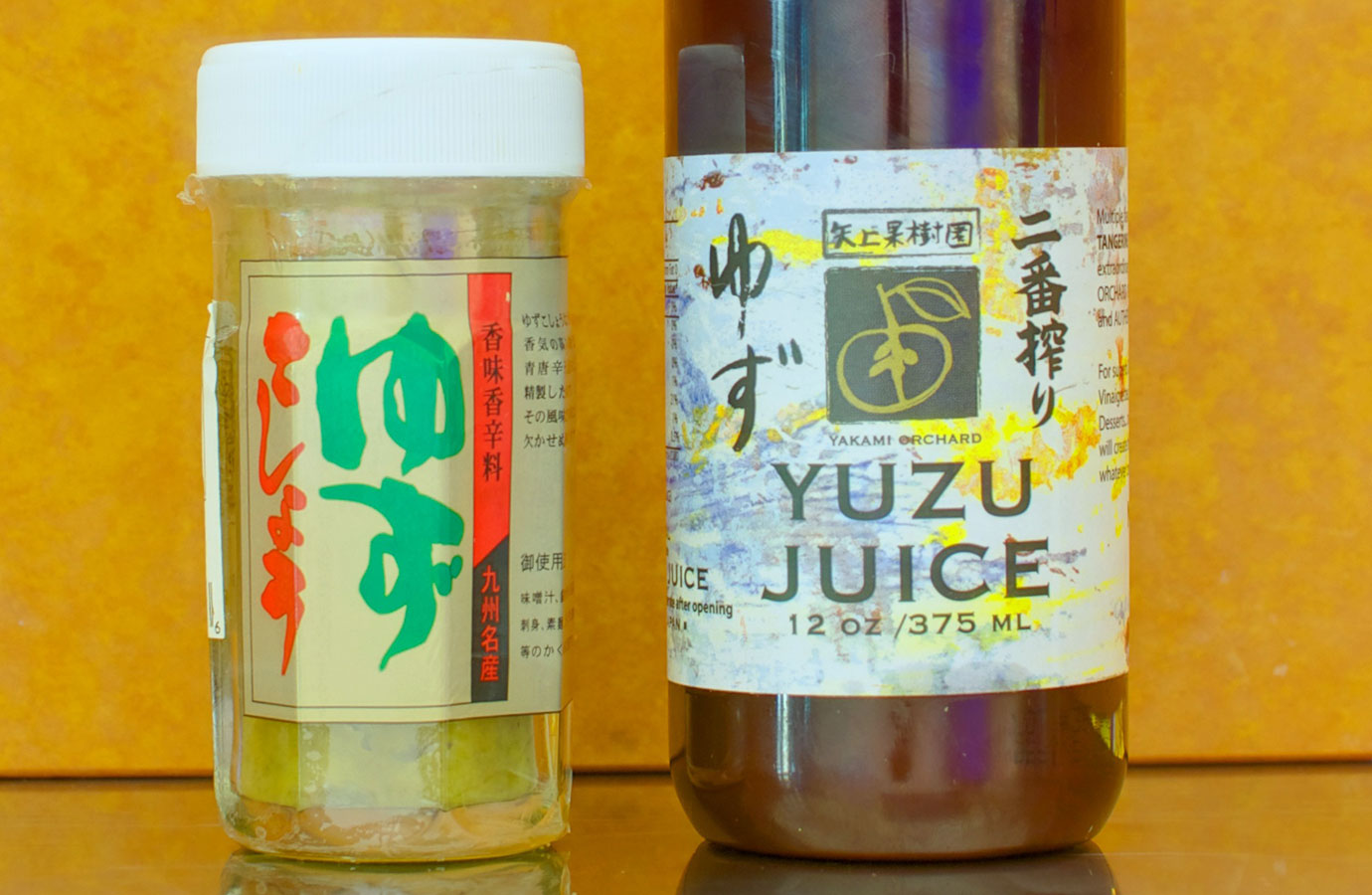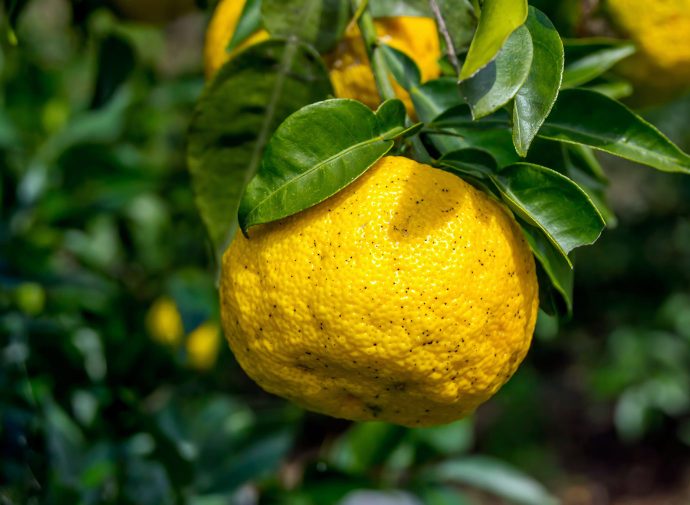I was recently reading Rick Bayless’s new book, More Mexican Everyday. Like all his books, it’s excellent….great recipes, clear instructions, interesting historical and cultural information. One chapter is about his four “secret weapons”- two marinades and two sauces he always has on hand in order to quickly access Mexican flavor and turn simple everyday cooking into a great meal. I started to think about my own kitchen and what I always try and have on hand, ready for when I need to quickly step up my game. Here’s my short list of secret weapons:
To finish a dish or revamp leftovers often what you need is a great garnish, one that adds some color but also piquant flavor…something to get your mouth watering. Pickled onions are what I often reach for, especially in summer. They liven up cold chicken dishes, are great on top of vegetables like avocados or roasted cauliflower, perfect on green bean salads or legumes. I also use them on top of feta cheese and couscous or rice salads. When made correctly, they seem to last forever in the refrigerator. Blot them dry of the marinade before using them as a garnish.
PICKLED ONION RECIPE
This ingredient truly belongs in a list of secret ingredients because if the taste is forward enough to be named, then I know I have used too much. Truffles are very rich in umami and therefore are great for underlining the savory quality of a dish. They even give a meaty depth of flavor to vegetarian preparations. However, fresh truffles are seasonal and prohibitively expensive. I have never liked using truffle oil, which always seems to have a chemical aftertaste, no matter how fine the producer. Truffle salt is the answer. It can underline savoriness without making its own presence known. I use a discrete sprinkle to season meat, soups, stews, vegetables and pasta dishes. Anytime you use Parmesan cheese, also try adding a little truffle salt, again at a level below where the specific flavor of truffle can be identified. I use it on potatoes mixed with olive oil and fresh thyme before oven roasting them and in risotto dishes that include other mushrooms. If added with a subtle touch, it is great on fried almonds and popcorn too.

Yuzu is a unique Japanese citrus. It has a thick bumpy rind, full of aromatic oils, and enormous seeds which reduce the amount of precious juice you can get from each fruit. Fortunately it is also prized for its rind. It is used in its green state and also when it is fully ripened to a Meyer lemon shade of yellow. Yuzu is one of those ingredients that in the past you would never have tasted outside of Japanese restaurants. Suddenly it’s become the darling of fine dining chefs all over the world, appearing on savory and dessert menus alike. You almost never find it fresh in the United States, even in Japanese markets. With its increased popularity I hope this will change. Yuzu would be a good choice for specialty growers in the United States since it is resistant to cold and is ready for market in September or October, earlier than most types of citrus fruit.
But the secret weapon I want to tell you about is yuzu kosho, which you can always have on hand in your refrigerator. The rind of the fruit is ground with fresh chili and salt. There is a red paste made from ripe yuzu and red chilies, but my favorite is the spicier one made from unripe fruit and green chilies. Both are available by mail order on Amazon.
Yuzu kosho has a brightening effect on other flavors, making everything taste more vivid. It is very potent, so use it sparingly. I add a dab to punch up the flavor of dressings for hardy greens. I use it in marinades and brush it on steaks before grilling. To give a spicy citrus lift, try it in a mayonnaise-based dressing for chicken salad. It’s great in a shellfish sauces. Combined with lemon juice and olive oil and brushed on grilled fish, it is a revelation. Really, get this condiment and have it on hand.

